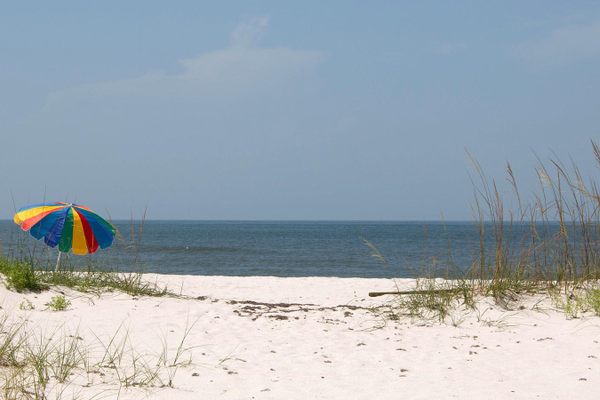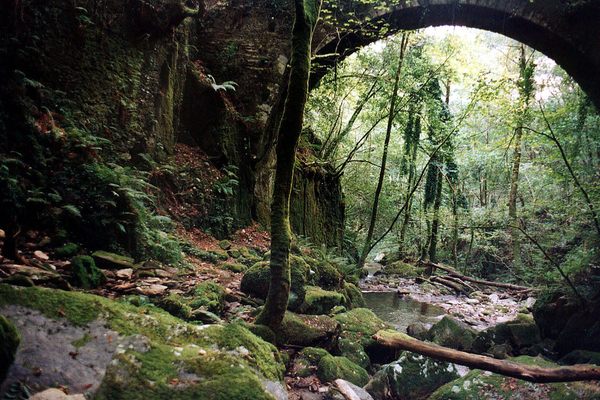Wadi Dawkah Frankincense Trees
These gnarly desert trees produce the prized aromatic resin traded along the ancient incense trail.
Frankincense is one of those words with strong biblical associations and relatively little everyday use. That is, if you’re not in or from the Arabian Peninsula.
Frankincense is a resin of the Boswellia sacra tree, more commonly referred to as the frankincense tree. These gnarled trees may not be the most majestic plants on earth, but they are extremely sturdy, and they can be tapped for their aromatic resin. Frankincense resin is used for the production of incense, perfumes, and essential oils, and it was a highly prized product in antiquity.
This natural park of frankincense trees is located in Wadi Dawkah, an important stop along the ancient Frankincense Trail, an incense trade route that’s been used by merchants for millennia. Around 5,000 frankincense trees can be found in this desert valley, including some ancient specimen. Although frankincense trees can reach a height of 26 feet, most trees in Wadi Dawkah are no more than 10 feet high.
Around age 8 to 10, frankincense trees are mature enough to be tapped. In April, when the temperatures are rising fast, the trees can recover from the tapping process. Using a putty knife, workers scrape the bark of the tree; the exact location and number of incisions per tree are dictated by the knowledge that has been passed down from one generation to the next. Resin oozes from the wound, which is left on the tree for two or three weeks to harden.
The first harvest, however, is not usable. Workers will repeat the tapping process soon after the first harvest, and the second harvest yields the raw material for the production of incense and essential oils. The same goes for the third and final tapping of the season. A mature healthy tree can produce around 7 to 9 pounds (3 to 4 kg) of frankincense a year.
Unfortunately, frankincense trees have drastically decreased in number over the years due to over-exploitation. The natural park in Wadi Dawkah has the dual purpose of protecting the existing trees and growing new ones in order to increase the population of frankincense trees in the wadi.
Know Before You Go
The natural park is located about 40 km north of Salalah along Route 31. It is part of the Land of Frankincense UNESCO site, which also includes a museum and ancient ruins.
















Follow us on Twitter to get the latest on the world's hidden wonders.
Like us on Facebook to get the latest on the world's hidden wonders.
Follow us on Twitter Like us on Facebook